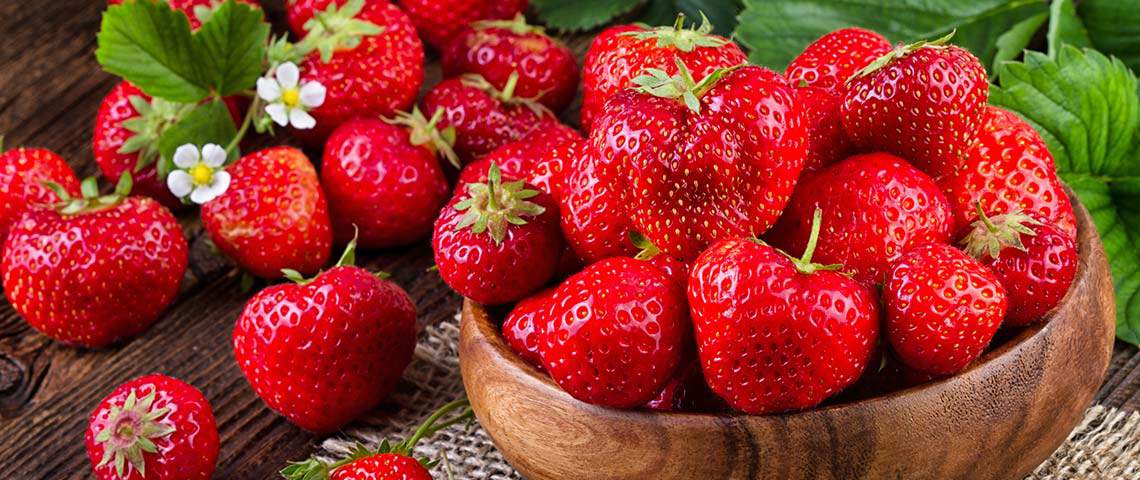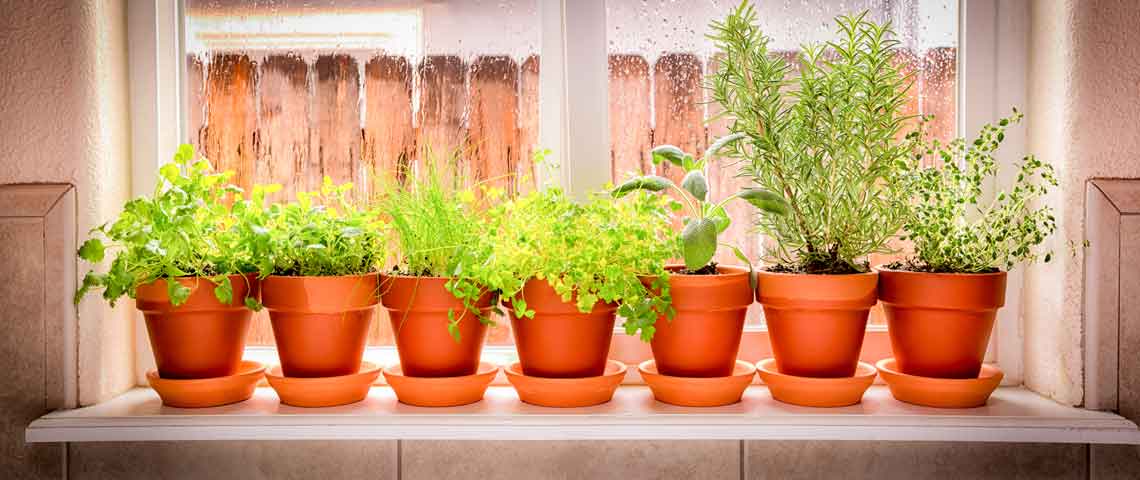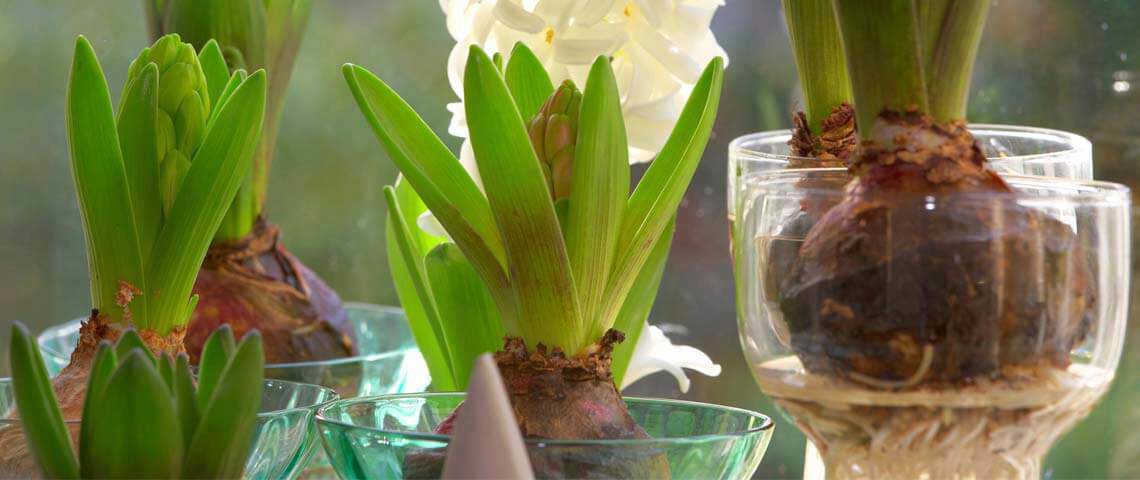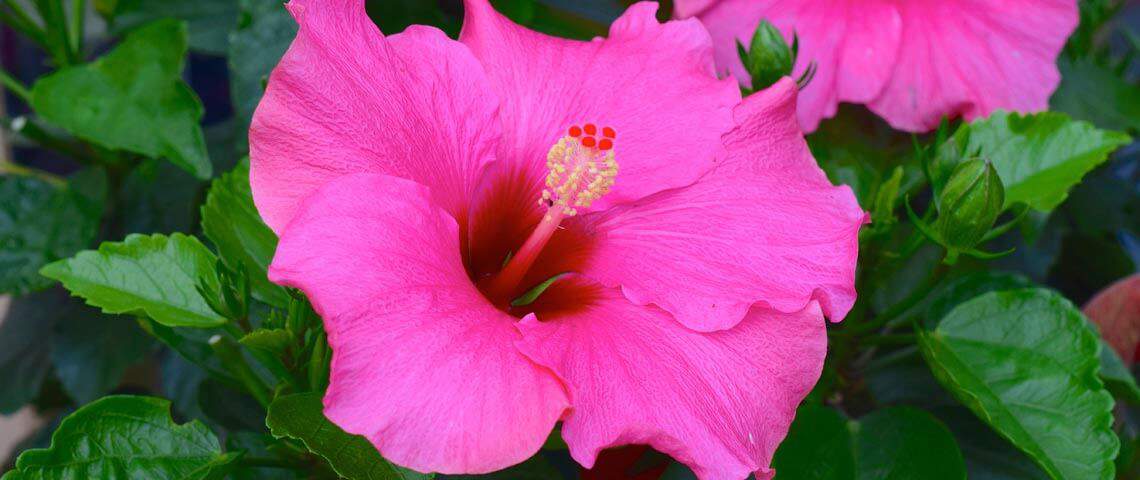How to Grow Strawberries
From plump, sun-ripened strawberries found at roadside markets to tiny alpine berries plucked from woodland paths, fresh strawberries are a tasty, sought-after treat. Even if you're new to gardening, you can grow your own strawberries — but they do require some extra TLC. By choosing the right berries for your garden and providing the care they need, you can enjoy fresh-picked, garden-fresh berries from spring to fall.
- Choosing Strawberries for Your Garden
- Selecting and Preparing Your Site
- Planting Your Strawberries
- Caring for Strawberry Plants
- Harvesting and Enjoying Your Crop
Choosing Strawberries for Your Garden
Successful backyard berry harvests start with choosing the best berries for your strawberry goals. When considering your options, keep the following points in mind:
Fruiting time – Strawberries fall into three main categories, depending on when they bear their fruit. By growing more than one type, you can extend your harvest seasons.
- June-bearing strawberries have one large crop of berries in late spring or early summer.
- Everbearing strawberries have two crops per year, one in early summer and a second one in early fall.
- Day-neutral strawberries will flower and bear fruit all season long.
Even though June-bearing types only fruit once per year, they deliver more fruit per season than either of the other two. If your plans include culinary or canning projects that require a lot of fruit at once, June-bearing strawberries should top your list. For fresh breakfast berries and snacks all summer, day-neutral and everbearing types fit the bill.
Growing Zone – With strawberries, winter temperatures affect more than survival. Like blueberries and other fruits, strawberry varieties need some cool winter weather to flower and fruit well each year. If winters are too warm, some types grow well – but without any berries in sight.
By matching varieties to your growing zone, as shown on plant tags and catalog descriptions, you can expect your strawberry plants to survive winter and stay productive for four to five seasons.1Your local county extension office can help with suggestions on strawberry varieties that do well in your region.
Starter Plants –Strawberries ordered through internet sites or mail-order nurseries usually ship bare root at the right planting time for your area, ready to burst into active growth. Many garden centers also carry container-grown strawberries. Bare root and container strawberries both grow quickly when planted, and you'll enjoy a small crop their first year.
Though you can grow strawberries from seed, it's not an easy process – even for experienced professional growers. Strawberry seeds need very strict conditions, and germination can take up to four weeks or more. Plus, you may wait a year or longer for a significant harvest. Opting for plants yields more satisfying results.

Woodland strawberries are small, but their flavor is intense.
Selecting and Preparing Your Site
Strawberries need plenty of sun and water to fruit well and produce plump, tasty berries. Choose a planting site that gets at least six to eight hours of full direct sun each day — ten hours or more is even better.2 The more sun your plants get, the more fruit they'll produce. Because they'll need regular watering, choose a site with easy access to water or irrigation, too.
Avoid planting strawberries in low-lying sites where frost pockets form; frosty spring nights can damage flowers and prevent fruit. Finally, choose a site where you haven't grown tomatoes, peppers, eggplants, potatoes or caneberries for at least three years. Strawberries are in the same plant family as these garden favorites, and they're susceptible to certain diseases that can carry over in garden soil.1
Strawberries grow best in best in well-drained, slightly acidic soil with soil pH in the 6.0 to 7.0 range.1 If soil pH strays too high or low, it prevents your strawberries from getting the nutrients they need. A simple soil test reveals your soil pH and recommends soil amendments your berry patch may need. Tell the testing laboratory that you're growing strawberries; they can provide suggestions just for you.
Along with recommended amendments, mix a layer of organic matter, such as compost, and a complete, balanced fertilizer into your soil before you plant. Pennington Rejuvenate Plant Food All Purpose 4-4-4 starts feeding immediately to give your strawberries a solid nutritional foundation, and then keeps on feeding for up to four months.
Planting Your Strawberries
Depending on how many strawberry plants you want to grow, you can tuck plants right into your landscape or plant in traditional rows of slightly raised or mounded soil to create a full-fledged berry patch. Follow recommendations for your varieties, but most strawberries should be planted at least 15 to 18 inches apart.1 Northern gardeners plant strawberries in spring as soon the danger of a hard freeze is past. Southern and western gardeners can plant in fall and winter as well.
Planting depth is extremely important for strawberries. Look closely at a bare root plant and you'll see roots connected to the short, stocky stem that is the crown. Dig your hole large enough to spread the roots out well. Then plant so the crown stays above ground, but the shallow, uppermost roots stay fully covered. Plant container-grown plants at the same level they grew at in their nursery pot. Plant too deep, and crowns suffocate and rot. Plant too high, and shallow roots dry out and die.
Strawberries also grow well in hanging baskets, pocket planters or other decorative containers, but they're best grown outdoors. Strawberries rely on wind and insects for pollination. If you want to enjoy your indoor berry pots, wait until pollinators do their work and small fruits form or you'll have fruitless berry plants inside.

Strawberries send out runners that may root and start new plants.
Caring for Strawberry Plants
Provide your strawberries with the following basic care necessities to keep them on the path to healthy, productive growth:
Water – Keep your soil consistently moist, but never soggy, to promote healthy, juicy fruit. Watering is especially important from the time flower appears until fruit ripens, about four weeks later. During normal weather conditions, strawberries need water equal to 1 to 1.5 inches of rain each week.1 During hot, dry periods, water as needed to prevent shallow roots from drying out. Plants in containers may need daily watering. Always water early in the day so that foliage dries well before nightfall.
Fertilizer – Strawberries need lots of nutrients to produce abundant crops. Feed your plants through the growing season with the same fertilizer used at planting, broadcast according to label instructions around and between your plants, or supplement with a bloom-boosting fertilizer such as Alaska Morbloom Fertilizer 0-10-10 to encourage more blooms and berries.
Pinching and Pruning – As new plants settle in, pinch off flowers that appear the first two weeks or so. This helps focus growth on roots instead of fruits while strawberries get established – and you'll enjoy better harvests later on.
Everbearing and day-neutral strawberries don't produce many "runners" — those ground-hugging stems that trail out and form new plants. However, a single June-bearing strawberry plant can produce as many as 120 runner plants in a season.2 Train runners to grow where you want them; then prune away the excess. Too many runners lead to smaller fruits and smaller harvests.
Winter Care – In northern climates, most strawberry plants need winter protection. Unprotected crowns can die if temperatures drop to 15 degrees Fahrenheit or lower.2 Wait until after three or four hard fall frosts, when temperatures stay near freezing. Then cover your strawberry beds with a 4- to 6-inch layer of clean, weed-free straw. (Snow also insulates well.) As soon as temperatures warm in spring, gently move the straw aside, but keep it handy in case a late frost calls for quick protection.
Pest control - A variety of pests and diseases can challenge strawberries. Pests that love strawberries include snails and slugs, two-spotted spider mites, and other unwelcome guests. Sevin Insect Killer Dust also treats pests that love strawberries, such as meadow spittlebug, strawberry leafroller and strawberry weevils.
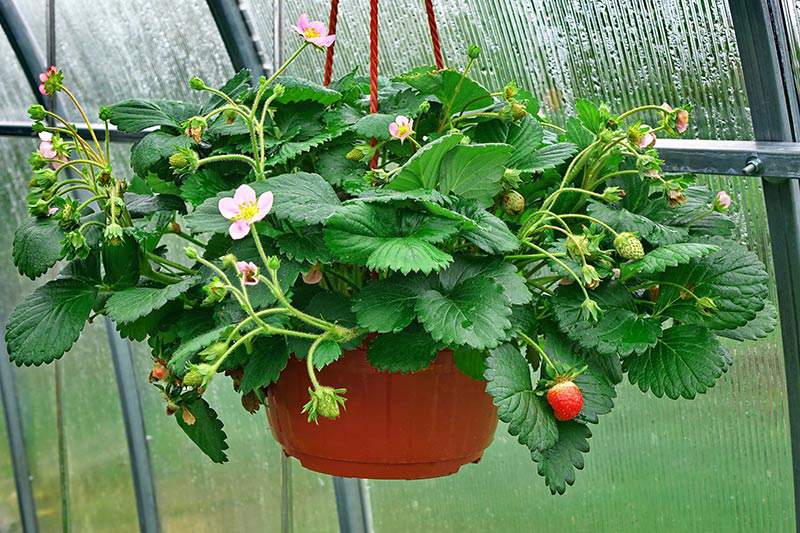
Strawberries grown in hanging baskets make picking easy.
Harvesting and Enjoying Your Crop
Once your berries begin to ripen, watch them closely and pick strawberries as soon as they're fully colored and ripe. Harvest early in the morning when berries are cool to help reduce bruising. Leave a short stem attached to the green cap to extend their freshness as well.
Strawberries don't last long once they're picked, so refrigerate them – or eat them – right away. Too help them last longer, don't wash your strawberries until you're ready to use them. A typical strawberry plant produces about 1 to 2 pounds of berries per season,1 so plan your menus and your planting accordingly.
With homegrown strawberries from your garden, you'll enjoy the smiles of family and friends as they bite into garden-fresh berries grown with your hands. Pennington is committed to providing you with the finest lawn and garden products and timely growing tips to help you learn, grow and meet your gardening goals – including your own homegrown strawberry harvest.
Pennington with design is a registered trademark of Pennington Seed, Inc.
Sources:
- Strik, B.C., "Growing Strawberries in Your Home Garden," Oregon State University, March 2013.
- Hoover, Tepe and Foulk, "Growing Strawberries in Minnesota Gardens," 2017.

